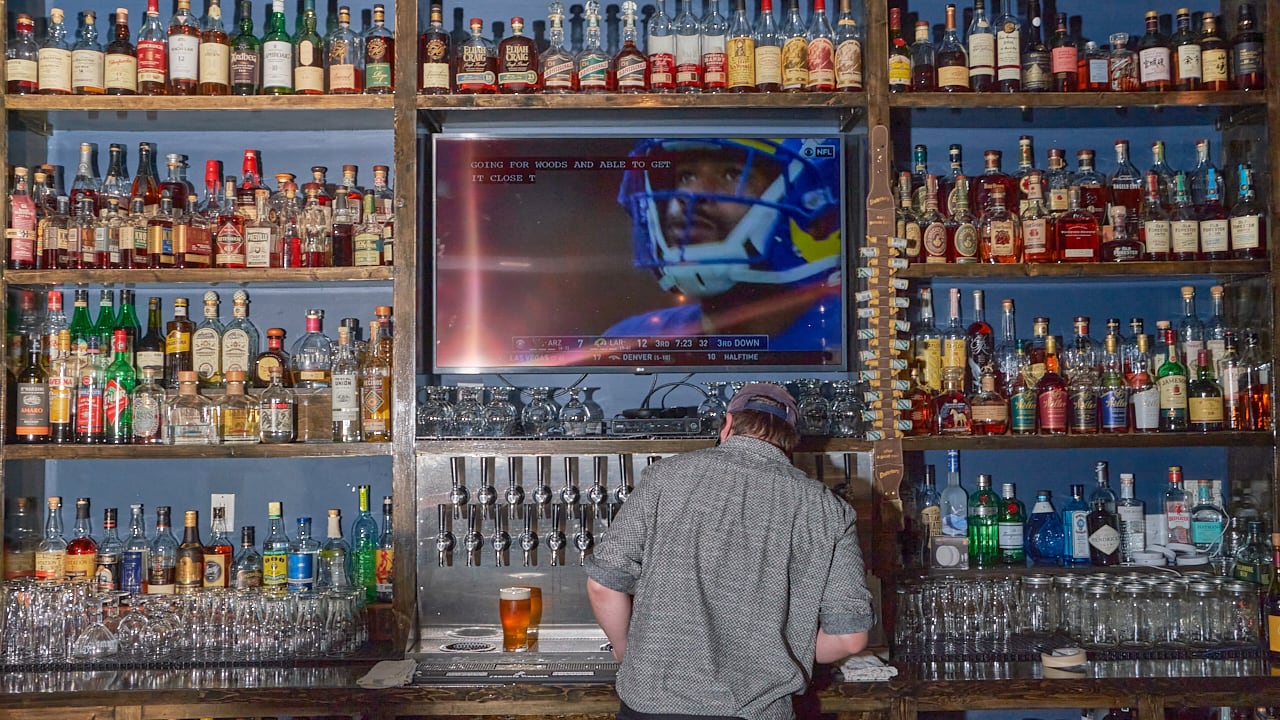While the Legislature considers a bold, highly contentious tax hike on beer and wine, the Oregon Liquor Control Commission is quietly mulling whether to set price floors on liquor that would make the state's cheapest booze more expensive than it is in neighboring states.
The agency holds a near-monopoly on hard liquor sales in Oregon (except for distillers' on-premises sales). In late January, the OLCC announced it would consider establishing minimum prices for all spirits in all container sizes.
It could do so April 8 with a simple majority vote of the seven-member commission, whose members are appointed by Gov. Kate Brown.
Two years ago, Brown declared addiction a public health crisis in Oregon—but she's done little to address it. That inaction irked her own Alcohol and Drug Policy Commission and advocates such as the group Oregon Recovers.
Lately, others have been considering tax hikes, both to discourage substance abuse and to fund treatment. Brown and lawmakers have taken some heat in the past year, as sales of liquor, beer, wine and cannabis, all of which the state already taxes handsomely, have soared.
On Jan. 29, with no fanfare, the OLCC proposed establishing minimum prices. The proposal would set minimum prices for about 16% of the booze OLCC sells, raising about $7.5 million over the next two years for agency operations, not a sizable figure in governmental revenue terms. But the OLCC's brief explanation suggested that wasn't the point: "The setting of minimum prices can contribute to decreased social harms and adverse health impacts," the agency said.
In a March 1 letter to the OLCC, Sazerac, the nation's largest distiller and the largest supplier to the OLCC, complained that price floors are wrongheaded.
"Sazerac is opposed to the minimum price proposal for distilled spirits because it discriminates against low-income residents and cost-conscious consumers, hurts bars and restaurants struggling to make ends meet, will drive business out of Oregon, and is misguided in its approach towards reducing social harms," wrote Sazerac Company CEO Mark Brown. (Sazerac owns many high-end brands, such as super-premium Pappy Van Winkle bourbon, but also sells some of the state's cheapest vodkas, including Taaka and Mr. Boston.)
The company attempted to bolster its argument with the March 8 release of poll results, which unsurprisingly found that Oregonians prefer lower-priced booze to the alternative. Sazerac also lined up bar and restaurant owners who depend on cheap booze for well drinks.
The state's largest liquor producer, Hood River Distillers, took a different tack: It embraced the idea.
"Minimum floor pricing will deter distilled spirit manufacturers from racing to the bottom," wrote HRD president David Ballew in a March 8 letter to the OLCC. "As shelf prices get lower, large national manufacturers often implement a strategy to lose money on these items solely for the purpose of squeezing out competition."
Both companies are presenting arguments that serve their interests. But HRD included in its letter an argument that may help Brown pacify critics who say she hasn't acted to reduce consumption. Ballew noted that when Scotland implemented price floors in 2018, consumption dropped between 4% and 5%.
Sazarac's counterargument: Oregonians are going to be paying a lot more than customers in surrounding states.
Here's what the OLCC says its proposal would do to the minimum price of a 750 ml bottle of 80 proof vodka and how that compares with neighboring states. (Sazerac disagrees, saying Oregon is less competitive.)

